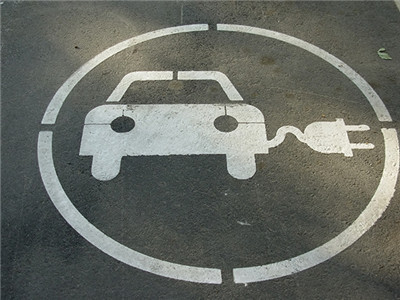Electric cars could take over most driving necessities tomorrow, according to a group of scientists at the Massachusetts Institute of Technology, but they’ll need the help of internal combustion engines to do it.
Using travel surveys and global positioning data, the MIT team has evaluated the possible widespread use of electric cars, and has found that grids could easily support today’s cheap electric cars, and that the cars themselves can already meet drivers’ requirements almost nine times out of 10.
“We find that the energy of 87% of vehicle-days could be met by an existing, affordable electric vehicle,” wrote authors of the report, published on Monday in science journal Nature. “This percentage is remarkably similar across diverse cities.”
The problem that remains to be solved, said Jessika Trancik, one of the report’s authors, is that 87% isn’t quite good enough. “That number is very high, but to get people to actually buy cars, people need to know that it will meet their needs on all days,” she said. “Nobody wants to be waiting by the side of the road.”
The group’s proposed solution to that problem is twofold: Trancik said her team was working on developing the data they compiled into an app that could predict when a driver will need an old-fashioned petroleum-burning car to get from point A to point B and home again over the course of a day. The prediction would be based on factors such as distance, the amount of time spent traveling at high speeds on highways, and whether the weather will require a lot of heat or air conditioning.
Secondly, Trancik said, a local company or a neighbor might provide easy access to a conventional car. “We still need a little bit of business model innovation, with community car sharing, or car sharing [businesses] where you could maybe order one the night before on that small number of very high-energy days.”
Whether or not drivers ever take that dreamed-of road trip from one end of I-40 to the other, the MIT team admits the limited range of battery-powered electric vehicles is a major barrier to entry. “The picture I have is of a lot of people owning electric cars but then being able to very conveniently get an internal combustion engine vehicle to take that long road trip,” Trancik said. “That needs to be as easy as getting an Uber.”
But the need for electric cars is urgent, in the estimation of the MIT team, and the majority of the damage to the atmosphere wrought by fossil fuel vehicles isn’t wrought by drag-racing guys in 1964 Mustangs.
“Transportation accounts for 28% of US energy use and 34% of US greenhouse gas emissions, the majority coming from light-duty vehicles making personal trips – people commuting to work, driving to social events, and performing errands in cars and light trucks,” wrote the report’s authors.
The infrastructure problems are mostly taken care of already, Trancik said. “We looked at a case where the grid wouldn’t have to change very much,” she said.
Post time: Jan-08-2021





